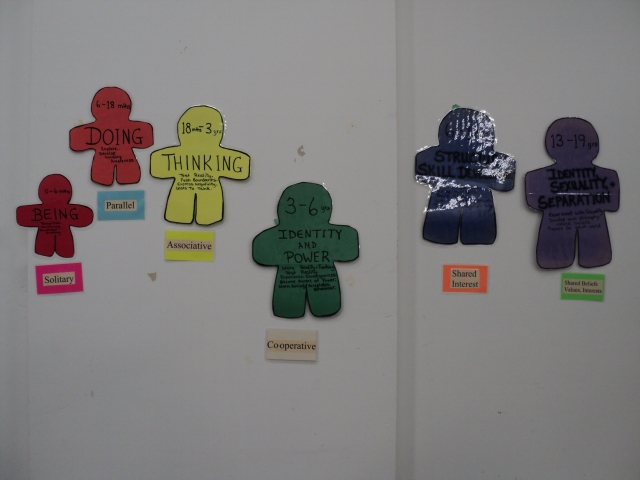How to teach emotional intelligence
How does socialization work in homeschooling? Children play differently according to their brain development. They move from single play (babies play with toys by themselves) to parallel play (toddlers play side by side but don’t interact other than to grab a toy) to associative play (preschoolers begin to “play together”) to cooperative play (young children that really play together in free play or organized play) which is elementary school years. Children ages 4-12 have friends based on who is around them and shares the same interests. I remember my child telling me about his friend at age 6 but couldn’t remember his name or where he lived. As children move into the teen years, their friends are deliberately chosen based on shared interests but also shared values, beliefs and attitudes.
All children need is one good friend and siblings count, although they can have scads of them if they want. Most homeschooled children are still very much close to family and siblings because family comes first, but also see many outside the family friends because homeschoolers do not stay at home! They “community school.” Friends come from lessons, outings, group projects, co-ops, musical and art community groups, Girl Guides, church, neighborhood, etc. Friends are not just the same cohort as classmates. So homeschooling socialization is more diverse than an age-sorted classroom. Friends are from all cultures, races, genders, family shapes, and ages.
Friends also change depending on life cycles. My daughters friends in early childhood are not the friends she had in high school and not the same friends she had in university. There are new friends for every new life stage. We were looking at photo albums the other day and she doesn’t remember any of her childhood friends before age 12. Same with my other 4 kids.
Socialization doesn’t have to be a worry in homeschooling. Friends are everywhere!

